USER REPORT: The Sony NEX-5n and the Voigtlander Nokton 35 1.4
By Terence Jones – See his Flickr site HERE
The Voigtlander 35 Nokton 1.4 can be purchased at B&H Photo HERE
–
In this review I would like to talk about a very interesting camera-lens combination of a Sony Nex-5n with a Cosina Voigtländer Nokton 35mm f/1.4.
Disclaimer: In this review I will not provide yet another review of the lens or the camera separately – there are several excellent reviews out there:
Steve Huff’s review of the Nokton Classic
Steve Huff’s review of the Sony Nex 5n
DPReview’s review of the Sony Nex 5n
Initially I bought a Sony Nex-3 as a “walk-around” camera with a large sensor.
As I am prime lens whore who loves to shoot wide open and is totally addicted to bokeh, it was clear that the kit zoom was not an option. So I got the E 16mm F2.8 Pancake lens. On the Sony body with a crop factor of 1.5 the 16mm is roughly a 24mm equivalent. While this focal length might be nice for some architectural shots or landscapes/scenery it didn’t live up to what I would consider an every-day lens; in particular it is hard to get a nice bokeh (as expected from such a short focal length) and the lens is not suited for portraits or “tight” shots. Moreover, the optical quality of the lens did not really convince me. Therefore I needed a different solution. This is how I came across the Cosina Voigtländer Nokton 35mm f/1.4 – I actually read about it on Steve’s blog for the first time.
I wanted to have a combination that was good for carrying around almost every day and that would still provide me with superior image quality. In fact the Nex + Nokton I have almost always with me now (sometimes I also use my X100). It was supposed to provide me with a decent solution when I cannot carry around my other gear which is somewhat heavy. In particular I did not want to have a large or heavy lens that would nullify the size advantage of the Nex body. So I decided to go for the Nokton. I opted for the Voigtländer M to E adapter which is a bit pricy but I read about some problems with other adapters in terms of tight fit with the camera so I decided to go for the original. The sony nex body + nokton classic is still a pretty compact solution. Recently I upgraded the Nex-3 to a Nex-5n.
So what can this combination do for you?
What is quite unique about this combination is the way of how you shoot with it. I basically never raise the camera to the eye level and shot it much more like a Rollei. For this I tilt the display 90 degrees and have the camera at my waist. The new focus peaking feature allows me get fast and accurate focus although the lens is a manual lens. Basically, when focus peaking, the camera emphasizes those parts of the picture that are in focus by highlighting the edges – so no need for the focus assistant most of the times. Using the camera like this turns it into a great machine for street photography. As the Nokton lens is fully manual the whole process of shooting is much more involved and I feel that you end up with much better pictures. The whole process is a bit slower which improves e.g., composition. With this combo it is more about creating than just taking a picture. But once you hit the shutter button… boom… minimal to no shutter lag (<= 20ms) as the first curtain is electronic.
But there are also some downsides, however I feel they are minor. First of all you do not have a view finder. I have to admit that I did not miss the view finder yet but in case you do there is also an optional viewfinder for the 5n available. Moreover when shot wide open the lens is a bit soft, might produce flare when shot right into a light source, and exhibits purple fringe wide open (completely disappears when stopped down to f/2.8). I have to say that the fringe is not too bad and when shooting in B&W, what I do most of the time, it does not matter at all. One drawback that is really annoying me is that you do not have a standard hot-shoe or a hot-shoe adapter to be able to use, say, a pocket wizard.
One question that I was asked recently is whether you can use the combination in a semi-professional setting? The answer depends on the setting (surely) and whether you need off-camera flashes. The missing hot-shoe makes it hard to trigger off-camera flashes. For many other settings however, such as weddings for example, this combination works really great. It is small, it is fast, great low light performance, very quiet, and the pictures just look cool.
[ad#Adsense Blog Sq Embed Image]
I have been using this combination for roughly a year now. So what’s my verdict? The overall package is pretty amazing. The image quality is very good and you have tons of creative freedom. A slightly challenging aspect in the past was the focusing, however with focus peaking of the 5n (and with firmware upgrade also for the Nex-3) this problem virtually disappeared. As the lens has a manual aperture the only “automatic” mode that you have is aperture priority. What works great for me for street photography is setting the aperture to f/8 if light permits. Then you can use zone focusing etc., and the depth of field is large enough. Keep in mind that the lens is attached to a APS-C sensor so that in terms of depth of field you roughly lose one stop, i.e., at f/8 you need to use the f/5.6 depth of field indicator. The lens seems to be sharpest at f/8 on the Nex body. A thing that was quite annoying with the Nex-3 and that has been fixed with the Nex-5n is that the camera tends to reduce the ISO as long as the shutter speed is above 1/30. For moving objects this can be too low. Also as the lens is a 52.5mm equivalent, camera shake can blur images. The Nex-5n addresses this with a minimal shutter speed of 1/60. I often also use shutter priority to set a minimal shutter speed and together with the manual aperture the Nex is forced to adjust the ISO for correct exposure. In low light situations or for portraits you can go up to f/2.8 and you will still have extreme sharpness and, for portraits, a shallow depth of field. When focus is critical, I try to avoid going beyond f/2.8 because the lens gets a bit softer (although not too much) and it is considerably harder to focus because of the extremely shallow depth of field – your subject moves a tat and it is out of focus. However, when needed or perfect sharpness is not critical and there is enough time for proper focussing, the f/1.4 provides you with two extra stops (over f/2.8) in extremely low light situations and together with the ISO3200 performance of the NEX-5n body, which is very good, you might be able to take a few good shots where others might fall short. Also I often shot at f/1.4 those days because I just love the round bokeh discs 😉 basically trading sharpness for bokeh.
I cannot say anything about the JPEG quality of the camera as I am shooting raw only. Together with software such as Aperture or Adobe Lightroom (my favorite) this provides you with superior control (white balance, sharpness, etc.) over the final image: you can do some more major adjustments if need be and otherwise you can define some standard presets for general purpose processing.
In a nutshell the nokton classic is a fully manual lens (manual focus / manual aperture) with a slightly classic look put on steroids on the Sony Nex body. Here is a brief summary/list of advantages and disadvantages.
Advantages:
* The camera + lens is small and quite lightweight – a huge advantage when travelling
* The lens is very fast: f/1.4 together with the large APS-C sensor (which are widely used in DSLRs) provides superior image quality with low noise in low light situations. The lens is 35mm which roughly is a 52.5mm equivalent. This is a good focal length for street photography and day to day use. It can be also used for portraits.
* The Nex provides a manual focus assistent which makes manual focussing a bit easier. Moreover the new focus peaking allows you to focus while looking at the LCD only. The part of the image that is in focus is indicated with blinking/flickering edges (in one of three colors). This is extremely convenient and accurate.
* The lens is a prime. I personally prefer this over zoom lenses as it provides a completely different feel. The lens is very sharp from f/2.8 on reaching its sweet spot at about f/8. The rendering of the combination is very nice: great colors, great contrast. Very often I shot the lens wide open because of the extreme shallow depth of field. While purple fringe might occur this is not problem when shooting Black-and-white.
* Shooting the combination is somewhat Rollei-like. You tilt the screen and have the camera at your waist and look from the top. Very cool for street photography as you can sneak shots you would usually not get.
* Extremely short shutter delay because the first curtain is electronic.
Disadvantages:
* The lens is a manual focus lens. Sometimes when you want to take a snap shot this can be a problem. Especially in the beginning I missed focus a lot. However I have to say that once gotten used to that you will take pictures more slowly leading to an overall different experience. However the focus peaking reduces these problems a lot and overall focusing speed is extremely high.
* The lens is a bit soft when shot wide open down to f/2.5
* The nex body is a bit too menu-driven for my personal taste. I would have wished for some type of quick access button as my 7D has to access essential functions. However with the latest firmware you can define a few custom buttons and that solves most of the problems by bringing essential controls at your fingertip.
* Lens flare when shooting into light and sometimes purple fringe.
Lens also has some optical distortions such as barrel distortion. This gives the images a more classical look. It depends on you whether you like this.
Here are a few shots so that you can see what the combination can do for you. Click on any image for a larger version.
–
–
–
–
–
–
–
–
–
–
–
–
–

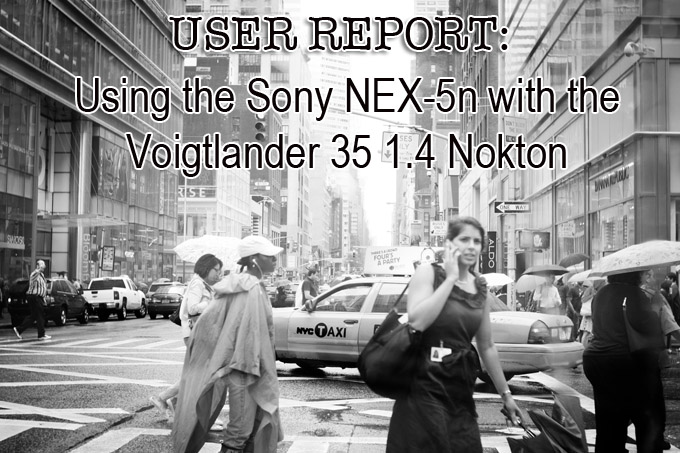
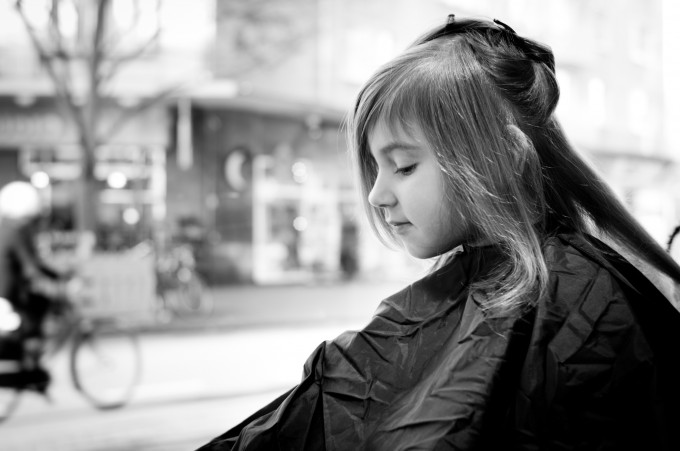
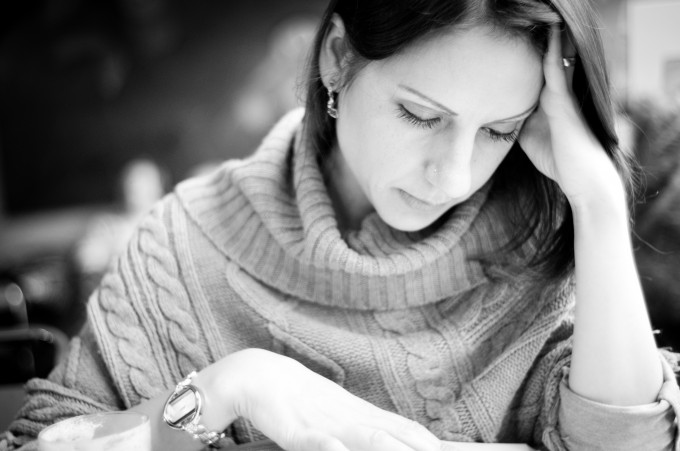
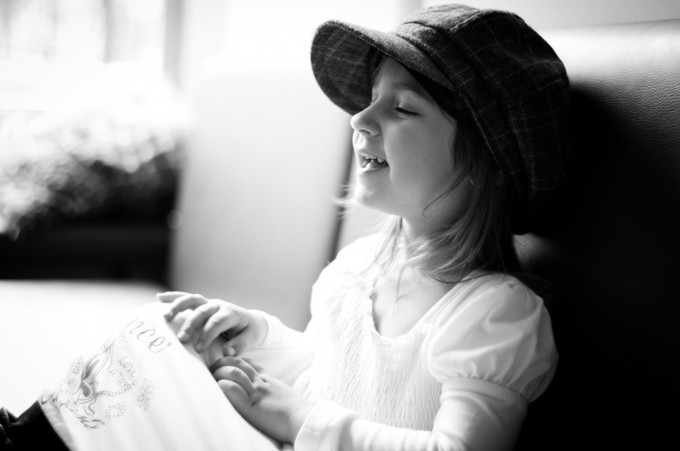
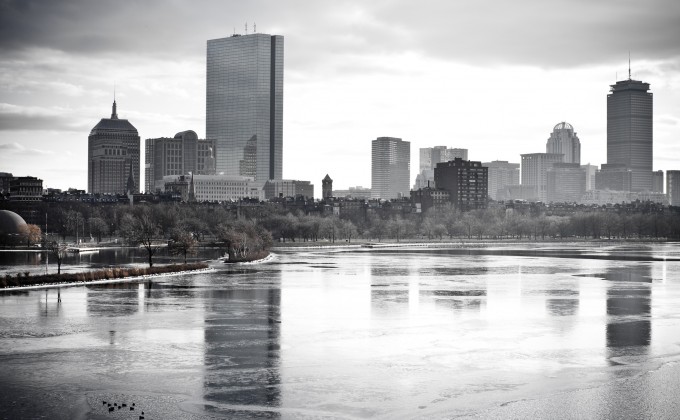
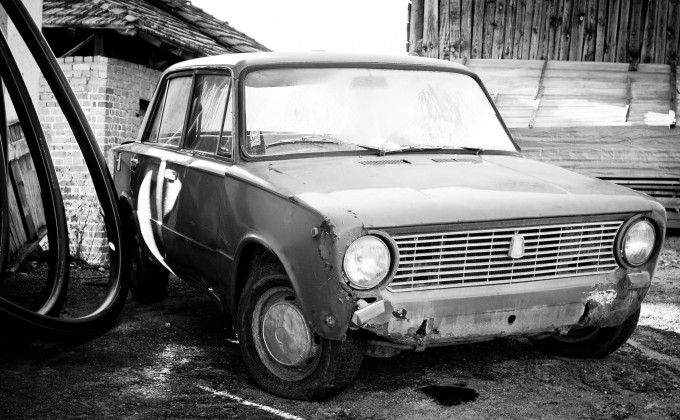
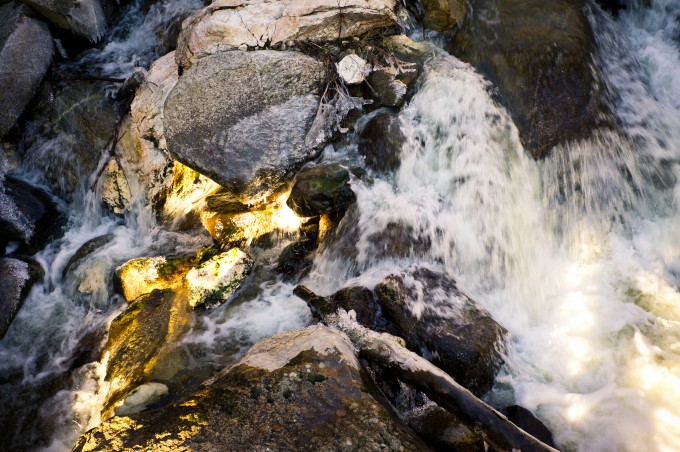
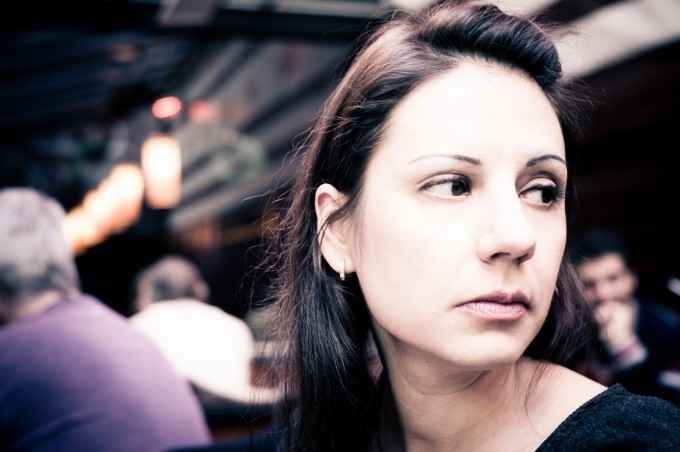
![dreams of a child [230/365]](http://www.stevehuffphoto.com/wp-content/uploads/2011/12/DSC02419-680x452.jpg)
![knocked out [341/365]](http://www.stevehuffphoto.com/wp-content/uploads/2011/12/DSC02775-680x452.jpg)
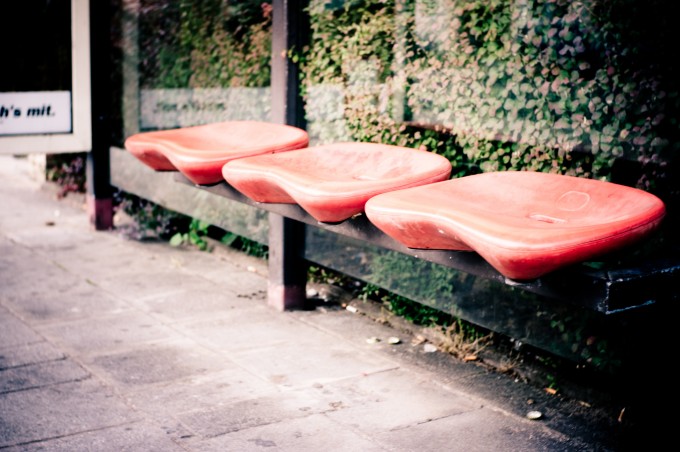
![explosive lights [352/365]](http://www.stevehuffphoto.com/wp-content/uploads/2011/12/DSC03076-680x452.jpg)
![too much color [355/365]](http://www.stevehuffphoto.com/wp-content/uploads/2011/12/DSC03099-680x452.jpg)
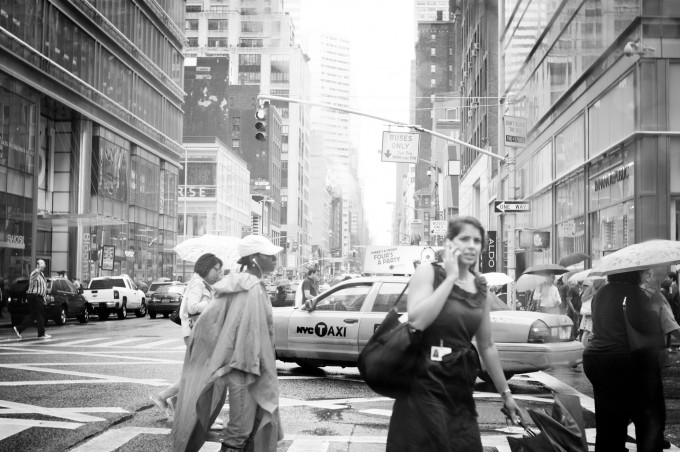
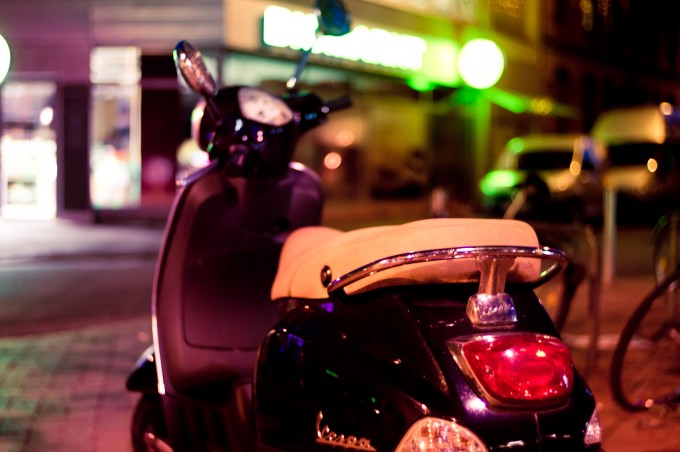
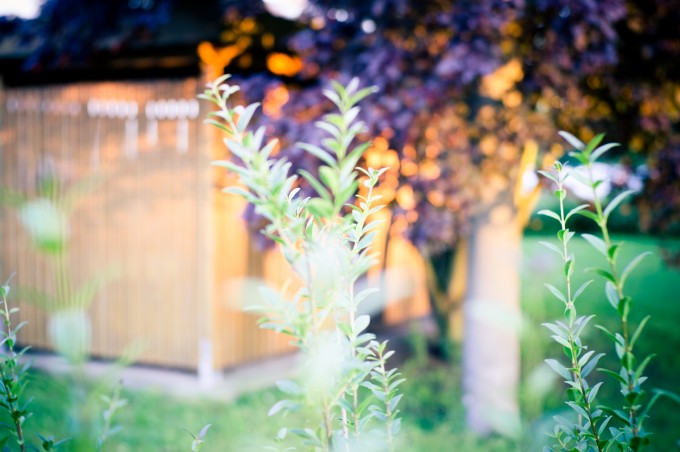

great shot
Is this lens really so soft or are just none of these shots in focus?
I would like to expand on my previous comment as it raised some response as well as some wrong assumptions. My first cameras were a Nikon F (on loan) and my own Leica M6. Back then, SLRs were all manual focus, so focusing an SLR or a rangefinder was down to experience, skills and a bit of luck. One could not promptly review their pictures and therefore would not not be able to rectify any mistakes (chimping was a very unknown concept applied to photography and computers were confined to a few research institutes and use to weigh a few tons)…so no Photoshop or any other digital imaging software.
I did relish taking pictures then as I do now in the digital age. Although, in my opinion, lightroom is better than darkroom.
Having said that, the point I was making is that although manual focus can be of help (and fun) in some circumstances (basically when you have time to think about your pic you intend to take, compose, focus, etc.) it will definetely be a curse when it comes to taking pictures that require fast focusing, metering and shooting.
It seems that a good number of pics displayed on Steve’s site are just ordinary shot, badly thougth-out, mostly OOF and are presented (and hailed) as brilliant shots only because they are taken with a Leica/Any rangefinder with a fancy manual lens.
Whether one shoot with a DSRL or a rangefinder, focus is always a bit of a bet. Shooting manual requires much more attention, care and skills than autofocusing. In any case, good pictures are luckily technology-independent. The eye of the photographer and his/her mind and vision make a photo stunning and meaningful. So whether you shoot manual or AF, whether you are DSLR or a rangefinder person, getting good pictures is entirely down to your vision and to what story you want to tell and share. But please, do not tell me that bland, OOF pics are an intentional work of art. Oh, and one more thing…forget about pixels…they ain’t gonna make your picture better.
I totally agree Res; couldn’t have put it better myself… 🙂
Deliberate unsharpness, not random out of focus: http://www.flickr.com/photos/66360321@N06/6551546049/in/photostream/lightbox/
Wide openings? Bokeh? Manual focusing? Focus/unsharpness?
“The arm”: D700, 1.4/24G AF-S http://www.flickr.com/photos/66360321@N06/6534063213/in/photostream/lightbox/
Nikon FA, 2.0/85 Ai-S at f2.0, Tri-X. Deliberate unsharpness, and a, possibly rather crude, reference to Blow up: http://www.flickr.com/photos/66360321@N06/6551309113/in/photostream/lightbox/
Just goes to show
I’m confused, are these supposed the be examples of superior photography? Maybe I’m missing what you are saying.
I read all the way to the middle of the second sentence and stopped my reading at “totally addicted to bokeh”. That’s the big blinking sign that tells me I’ll be wasting my time and may become cynical if I keep reading. Unfortunately the pictures confirm that. Now, looking at the bright side: this kind of posting makes me appreciate even more Steve Huff’s writing.
LoL! 🙂
They are not blown out pics, just out of focus like many appearing on this site. Time for you guys to stop wasting money on Leica and its manual lenses, trying to make something out of viewfinder cameras that are not. Get a Nikon 3100 with a kit lens and go out shooting more meaningful pictures…and in focus ones.
Sure – if I want critical focus I take my 7D + 50mm f/1.2 and stop down to f/8 or f/11 (right before DLA effect kick in) – but do I really want that? Critical focus has not much of an appeal to me. Except, of course, for shots where critical focus is necessary such as landscape, architectural, or even some close up fashion shots.
Ouch!
Sound like a beginner…
Not at all. Res is quite right. Using a Leica (or Nex, or anything) and expensive glass is no excuse for snapshot composition, random focus and blown out highlights, whilst praising the “bokeh”.
A D3100 with kit lens can produce (as almost any camera) great results in the right hands.
Maybe. But try buy a Leica or NEX couple with some manual fix focal Leica or Voigtlander lens and shoot for at least 3 months daily, then compare your shoot with your previous DSLR shoot in couple of years. You’ll amaze how much skill had improved just in three month. A film camera will do so.
if it improves your skill why then so many of the photos of people who swear in manual focus, rangefinder experience etc. are just baddly composed and exposed, take away the bokeh element and all that is left is a begginer snapshot, not really supporting “You’ll amaze how much skill had improved just in three month” argument
If you use kit lens you actually need to work on your composition as you can’t hide behind the bokeh element. And only beginers use zoom lenses argument is really ridicilous and rather pompous-it is actually beginers who think that you need to use 1.2 or 1.4 on every photo becaue that looks professional. Anyway look at Bruce Davidson, William Albert Allard, James Nactaway or Mitchell Kanashkevich I don’t see many out of focus photos of the cats or fences on their photos but then again, they were/are interested in going away with great photos and stories and not in making “well, I missed bunch of oportunities because my lens was too short, when it wasn’t I missed the focus, but look, I made a lovelly photo of tree branch in my back yard, it’s all blurry and professional and offcourse black and white” arguments in online forums
Kenny, obviously you haven’t applied your sermon to DSLR shooting yourself.
I use a D700 with top quality Nikkor and Zeiss (that would be a manual focus one then) primes, 24, 35, 50 and 85, and an FM2n, FA and Contax RTSIII with the appropriate (old) Nikkor Ai-S and Zeiss primes, all manual focus.
I can assure that in many situations good autofocus is a blessing, in some a curse. Funny thing, the same goes for manual focus. Different for matrix metering; high success score, much higher than centre weghted, but makes you lazy, so I revert to centre weighted every now and then just not to lose touch. Aperture priority vs fully manual metering? Aperture priority every time, but I like manual metering so much… I took pictures of friends in a badly lit restaurant tonight, FM2n with 2.0/85 Ai-S and Tri-X in my “everything at f2.0 and 85cms, partial facial shots” project, and didn’t I long for higher ISO (1600 with the D700 no problem) and autofocus?
Choices choices, but don’t tell me your way is superior.
Cheers!
Michiel
P.s.: I’ve got a Hasselblad 500 with an 3.5/60 Distagon and a Minolta flash meter on loan for six months. Got myself six rolls of Tri-X. Now there’s a challenge… That wl viewfinder is driving me mad… 🙂
I am also using this combo and love it! I have several Leica lenses, and prefer the Voigtlander on the Nex. It is quite easy for me to focus, even at f/1.4
Check out the quick video I made with the combo:
http://vimeo.com/32957248
If anyone in Europe after a Nex 5 , there’s a good deal on eBay #130608480783
2 lens kit for 399 euros !
I wasn’t all that impressed with the images.
The blowouts have been mentioned, but it also appears once again that focusing (anywhere, but intentionally and correctly) is a difficult art to master. And why the obsessive use of f1.4? In a lot of instances it just doesn’t do the lens nor the situation any justice. I throttle back to f2.0 quite often; a difficult enough aperture at focal lengths from 35mm.
Here are a few answer that you probably won’t like.
a) focusing is definitely a difficult matter – however my approach to focus and sharpness is slightly different. I do not strive for perfect focus or put differently I do not mind a slight softness of a shot. It is not possible to get the 35mm f1.4 razor sharp @f/1.4.
b) shooting wide open. Why? The short answer is because i like it. The slightly longer answer is that I rather trade a slight lack of sharpness against having a shot with a lot of regular n-gon (i don’t actually even know how many blades the 35mm f1.4 has) – for many “softer” shots I just do not like a non-round bokeh.
c) Stopping down to f2.0 just doesn’t do it for me. Actually I think it is the worst possible compromise. A lose-lose situation. At, say 3 meters the depth-of field increases from 0.41 m to 0.59 m so merely 50% which does make focussing a lot easier. However you get a degenerate bokeh _and_ the lens is still rather soft. The situation changes significantly at f2.8 when the lens gets really sharp (depth-of-field increases to about 0.84 m) and you pay only in bokeh deformation. As said in my review I usually do not go below f2.8 when focus and sharpness are critical and bokeh is non-critical – however sometimes i do actually appreciate the lack of focus and the “look” at f/1.4 with its nice and round bokeh
Thanks Terence, and please don’t second guess me.
I understand your answers, don’t agree (as in: I take a different view) with all of them, but I respect them.
I actually once commented on a pic in Street Photography Collective http://www.facebook.com/photo.php?fbid=297597253592811&set=o.262691737100906&type=1&theater that it should have been all out of focus, instead of an apparently random part of the image in focus.
But that of course is only my view.
Nice review!
Terence, I often use the viewfinder in a similar way to yours (with the display), as it too can be turned upwards to about vertical, and the resolution is just superb. Actually, the display is of a lower resolution than the EVF – amazing Sony technology!
For us not having the resources of a Leica collector, can use our own stuff with the NEX-5N, like Pentax lenses!
I use my FA lenses with my 5N and finds the combination superb. The Pentax FA35, the FA43, and the FA77, are outstanding FF lenses, and those, with a cheap adapter, turns the world upside down, compared to the Sony lenses the camera came with (18-55 & 16). The results are just stunning!
I also have the Zeiss 1.8/24 (E Mount version), which also is a delight, and slightly easier to use, as that lens can use the autofocus (I use the DMF mode, where the camera makes the first focusing, and I fine-tune, if needed)!
More modern lenses, like the DA50-135 (which is the sharpest zoom I’ve come across, period), can’t be used, as these lenses have no aperature ring, but all FA does.
Using the same lens with my “old” nex-5, I can’t agree more with your review. Not a perfect glass but definitely one with a unique signature. Adding to that its relative low price, its compacity and its 1.4 aperture, this lens is a no-brainer for nex users who can deal with MF.
That being said, I had first some issues with the long MFD (0.7 meters). Reason why I purchased the Hawk’s Helicoid adapter who reduces it to approx. 0.2 meters.
Thx for your post.
I’ve been using the CV 35/1.4 on Nex cameras for a year and a half, and one thing that should be mentioned is the corners even at smaller apertures. Even at f8, you have to focus the center past infinity in order to sharpen the corners up, which obviously softens the center (if your adapter focuses past infinity at all.) This forces me to use other 35mm lenses when a sharp flat field is needed (landscape.) I’m getting to the point where I’m going to probably sell the lens, because the ZM 35/2 does it all, at the cost of a little less speed, a little more size, and more money.
I actually never noticed it that much because I very rarely do landscapes. I checked some of my “wider shots” taken at f/8 and f/11 and, you are right, I did see a lack of corner sharpness.
Hi Terry,
Good snaps. I like the first three portraits. Thanks for sharing.
Mo Han
Nice images, but on my monitor here, the images may look a bit blown out. I suspect that this is your creative intent, but just something I noticed that takes slightly away from a full evaluation of the lenses capacities, unless, its the one doing the overexposure for some issue with metering….
That being said, i like what you are acheiving with this lens/5N combo…
Yes it is my “style” – I like close to blown out highlights (they are actually only marginally blown out). However SOOC would have been better for evaluating the lens – which was not my initial intention to be hones as Steve already has a great post about the lens.
Great article. I am sure there are many, like myself, who are considering a NEX camera to use with M or M compatible lenses- and for us, articles like yours provide invaluable insight.
I do have a point that I’d like clarification: I am under the impression that all other things being equal, the depth of field increases as the sensor size decreases. For example, one of the reasons it is hard to get bokeh with small point and shoot cameras. Here is a quote from the article:
“Keep in mind that the lens is attached to a APS-C sensor so that in terms of depth of field you roughly lose one stop, i.e., at f/8 you need to use the f/5.6 depth of field indicator.”
Shouldn’t this be the other way around? At f/5.6, one should roughly use the scales for f/8. Or at least assume that the area in focus will be greater than indicated on the appropriate depth of field indicator.
That’s a slightly complicated story. The let me try to point out the difference.
1) Suppose we fix camera body + lens + aperture. Then the “lack” of depth of field arises from so called “circles of confusion”. These are a mix of points that are unsharp, i.e., where we cannot differentiate between two (or more points). (think of a “bokeh disc”). This a purely optical phenomenon up to this point and given a certain focus, they have a _physical size_ on the projection plane – in our case the sensor. If I now make the sensor smaller, then _relative to the sensor_ the size of the circles increases. that is why you get a more shallow depth of field. (and why we adapt the aperture setting to be roughly one stop wider)
2) what is the counterintuitive case with the point-and-shoot? The reason is the that the _actual focal length_ is much much smaller. Say a point-and-shot has a crop factor of 5. Then using an actual 35mm lens on this point-and-shot would give a more shallow depth of field as the 35mm say on a full-size sensor body. HOWEVER this 35mm on the p-and-shot works as if a 5 * 35 = 175mm lens. So that on the point-and-shot I would need to use a 35/5 = 7 mm lens to get roughly the same field of view as with the fall body. For the 7mm the depth of field so wide that the smaller sensor cannot compensate for this.
You can see the difference also here.
Depth of field of
Leica M9 + 35mm > Sony + 35mm (roughly 50mm full frame equivalent) > Leica 50mm
Keeping the 35mm-equivalent focal length fixed, the depth of field increases with a smaller sensor. Keeping the _actual focal length fixed, the depth of field decreases with the sensor.
Thank you for responding and doing a phenomenal of explaining the effects of actual focal lengths of lenses vs effective focal lengths has on the depth of field for a given sensor. I thought there had to be some effect and that whatever the effect was had to do with your statement in the article, however I did not understand it. Now after your explanation, I have a much better understanding of the phenomenon.
Thank you, and good luck with your book. I assume you’ve already talked to Steve about how to go about procuring m-glass for your reviews.
an addendum to my preview answer: I am actually working on an ebook on using the nex with m-glass right now where these things are adressed and where a much wider variety of lenses will be tested and discussed (I am in the process of finding a photo store that is willing to lend out m-glass for reviews)
Hi Terence,
Love the street photography. I am a street photographer myself and I also have the NEX 5n and Voigtlander Nokton 40mm f1.4 as well as the first version 35mm Nokton f1.2. I bought the 40mm for speed and compact size for my Leica M8 a few years ago. Although a great lens , I did have some focus shift issues and lens flare became annoying. I then bought the 35mm f1.2 Nokton from Cameraquest and that lens has not only replaced my 40mm Nokton, but my 35mm Summicron V4! Virtually no flare, very sharp at f1.2, gorgeous color (not over saturated, just right) not to contrasty (better dynamic range) and incredible bokeh. I recently bought the NEX 5n for better high ISO and video and it has truly amazed me in terms of image quality. I use it almost all the time with my 35mm Nokton and my Noctilux f1.0. The focus peaking is superior to my M8 with the Noctilux at f1.0 in my opinion. I am getting many more keepers in focus at f1.0.
If you can, consider the 35mm Nokton f1.2. Yes, it is bigger, but what an incredible gem in the world of lenses. I use the Ownuser battery grip for the Nex 5n to vastly improve handling with the somewhat larger lenses. Something to consider.
PS: I have compared the 40mm Nokton against the 35mm f1.2 Nokton on the 5n for video and I am finding the 35mmf 1.2 Nokton is superior in image quality and flare reduction. In fact, of all my lenses (I have a very extensive Leica M lens collection) the 35mm Nokton works the best by far (I am comparing it to a Noctilux, 50mm Summicron, 35mm Summicron, 40mm Nokton, 28mm Elmarit) for video.
Very good point – I have my eyes on the 35mm Nokton f1.2 for quite a while now. Lately I also thought about the Zeiss 24mm f1.8 however I am actually hooked to the fully manual design.
Thank you very much. Just waiting for my cheap adapter from china – hope I don’t have to replace it .
Well, looks like most images got blown out highlights. Your exposure seems off to me.
Actually that is due to my developing preset(s). In the cases above they are 0.45 stops overexposed and the brightness has been considerably increasing. I admit that for “evaluating” the lens it would have been better to take SOOC. However for the actual lens review there is a great review by Steve!
Johan, learn some photography bud. Full time professional photographer here, Terence Jones’ work looks amazing. Two photos (not “most”) seems blown out to me (women looking out of the right side of frame, and the last photo), the rest are fine. Exposure can be a personal style, and if you don’t like it, figure it out and move on with your own style. I’d love to see your non existent photography portfolio. Fake wanna-be photographers on the web these days. Eff.
Thanks for sharing…This is very good…